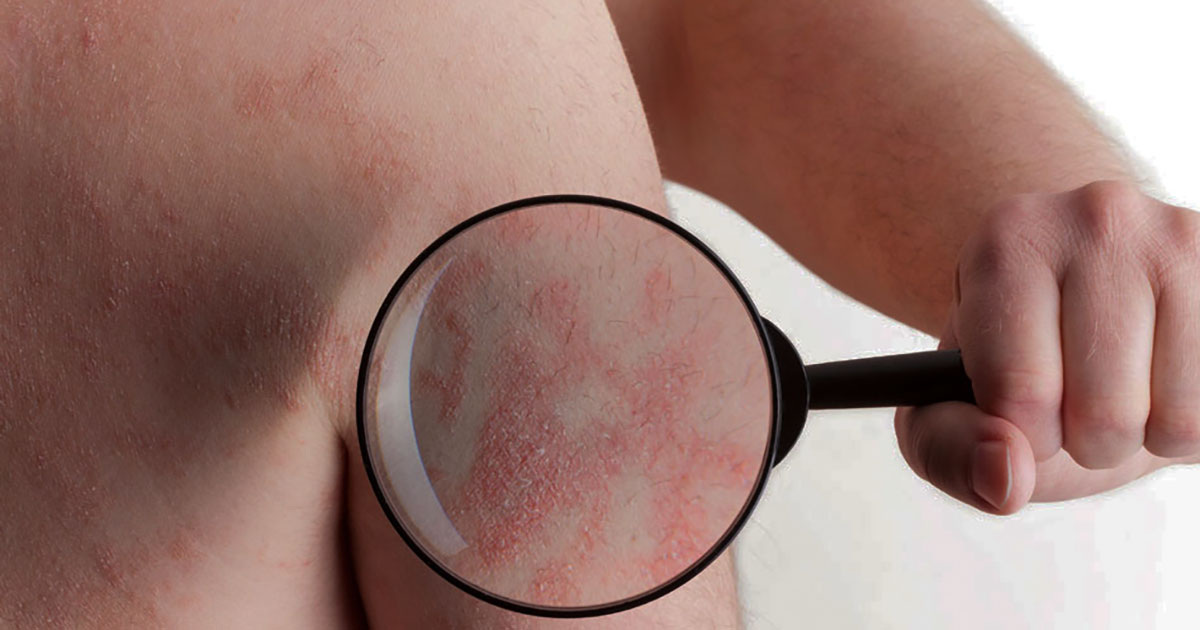Symptoms Of Kaposi's Sarcoma
Plaques And Nodules

Lesions on the skin can also take the forms of plaques and nodules. Plaques are slightly more elevated than patches, but still retain their flatness on top. Plaques in individuals with Kaposi's sarcoma do sometimes get misdiagnosed as conditions such as hemangioma and necrobiosis lipoidica. Mucosal or cutaneous cases tend to evolve from being patches to plaques, then they tend to progress into tumor nodules. Nodules are raised bumps on the skin. Kaposi's sarcoma nodules are usually easy to diagnose although there is still room for misdiagnosis. These tumorous nodules might bleed out quite easily since they tend to ulcerate.
Swelling

Swelling is a relatively common symptom in individuals with Kaposi's sarcoma. This can be caused by either inflammation or lymphedema, which is an obstruction of the lymphatic vessels in the legs and, although less commonly, arms. The lesions that develop in patients with Kaposi's sarcoma are responsible for this lymphatic obstruction as they block the flow of fluid out of the limbs. Lymphedema can cause the impacted limbs to feel heavy, achy, tired, uncomfortable, and stiff when trying to produce a range of motions. This type of internal Kaposi's sarcoma can be difficult to diagnose and treat since there are many other potential causes for lymphedema.
